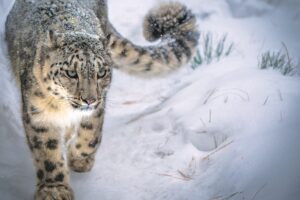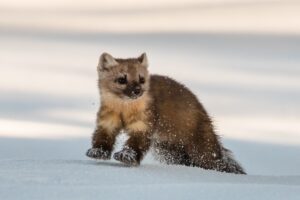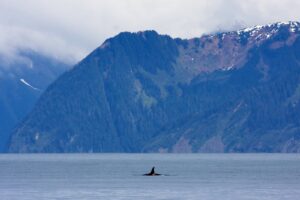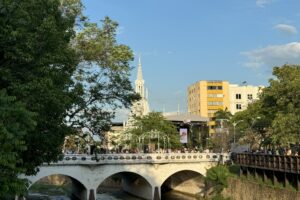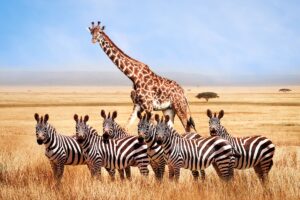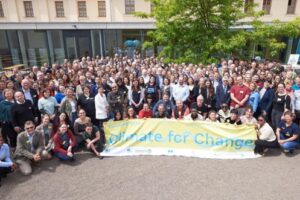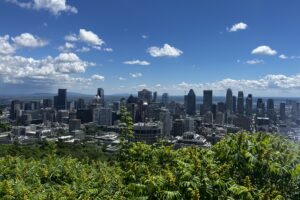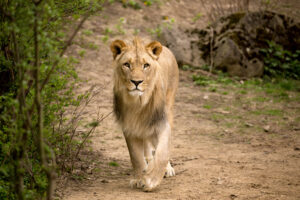Designing Infrastructure With Snow Leopards in Mind
With complex, sprawling ranges across the high mountains of South and Central Asia and low population densities, snow leopards are an elusive species. Over the last decade, however, urban centers and communities surrounding their habitats have become increasingly connected, with many more investments in infrastructure on the horizon. How can new linear infrastructure—including roads, railways, and power lines—meet human needs while protecting snow leopards, their prey, and the fragile ecosystems they depend on to survive?
